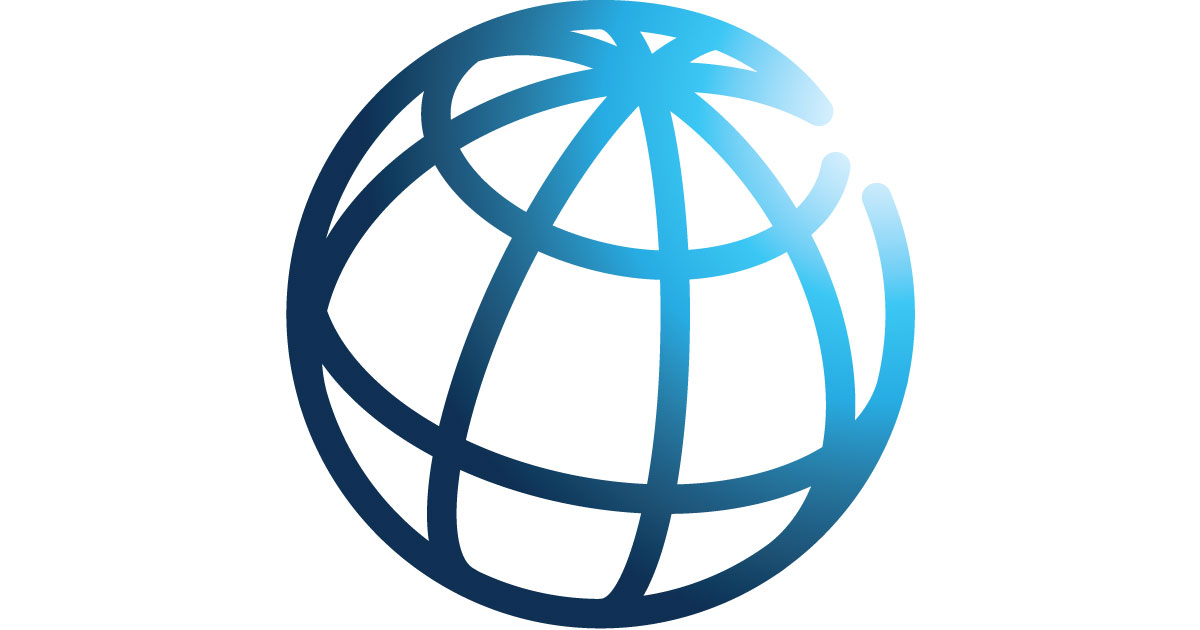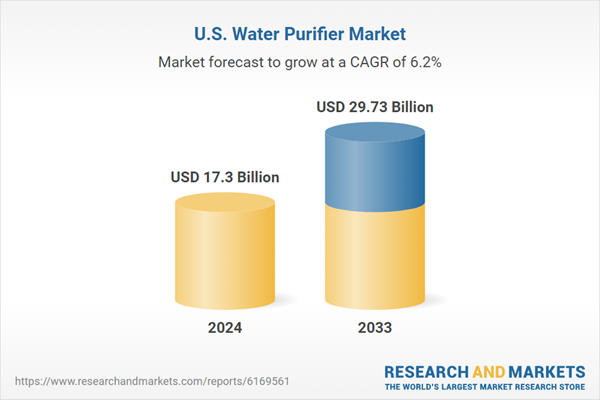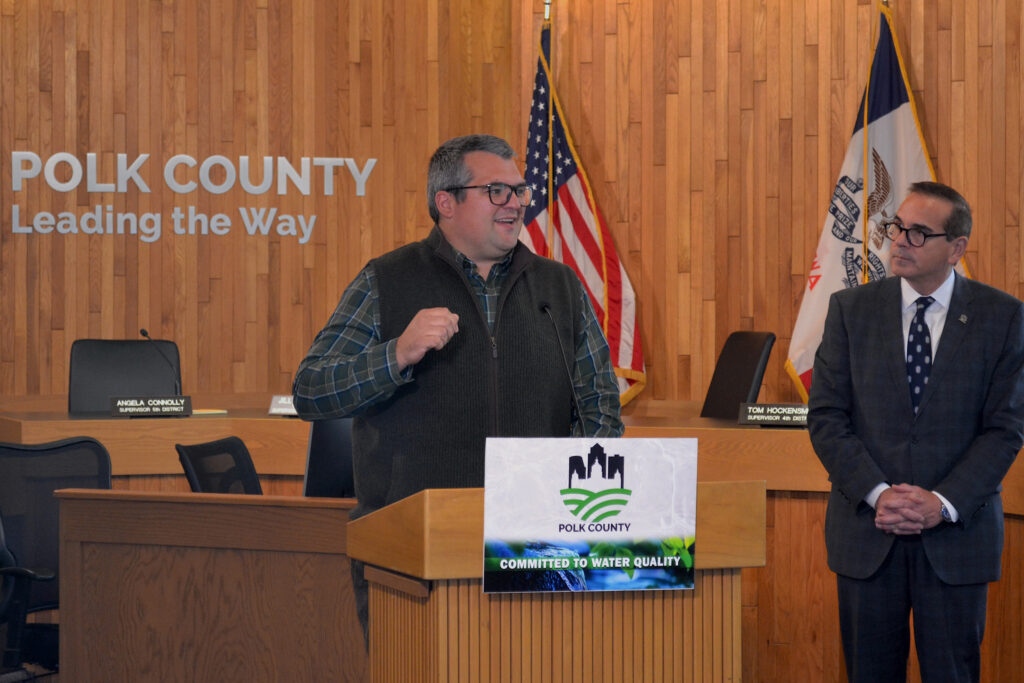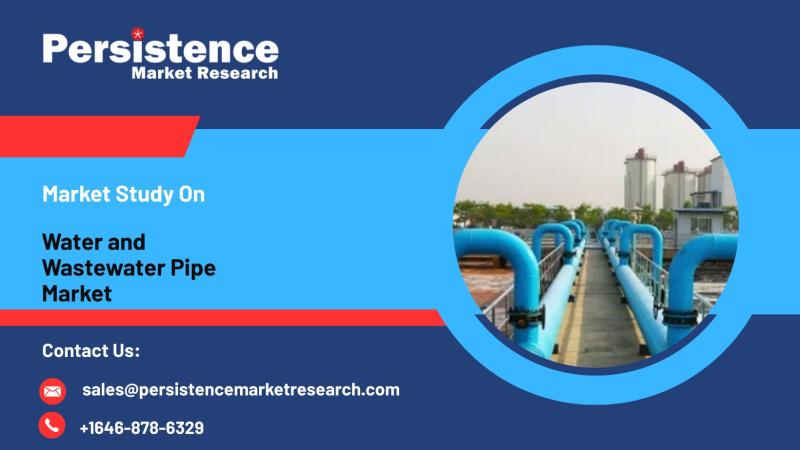World Bank Group’s Water Management Strategy and Alignment with Sustainable Development Goals
Mitigating Water-Related Risks for Climate Resilience (SDG 11, SDG 13)
The World Bank Group prioritizes the reduction of water-related disaster risks to advance SDG 11 (Sustainable Cities and Communities) and SDG 13 (Climate Action). The strategy focuses on enhancing preparedness and building resilient infrastructure.
- Preparedness and Early Warning: Strengthening hydrological monitoring, hazard mapping, and early warning systems to enable proactive measures before disasters occur.
- Infrastructure Investment: Developing both green and grey infrastructure, including the rehabilitation of dams and restoration of landscapes, to increase water storage capacity, mitigate floods, and ensure water availability during droughts.
A key instrument in this effort is the Drought Risk and Resilience Assessment Methodology (DRRA), a framework designed to help governments proactively manage drought risks and build resilience in line with SDG targets. The DRRA facilitates:
- Convening stakeholders for collaborative action.
- Targeting priority actions across multiple sectors.
- Optimizing the allocation of resources and investments.
- Reducing future economic losses from drought events.
Sustainable Management of Water Resources (SDG 6, SDG 15)
To ensure long-term water security and contribute to SDG 6 (Clean Water and Sanitation) and SDG 15 (Life on Land), the World Bank supports the protection and restoration of degraded water systems. This approach integrates ecological health with economic productivity.
- Ecosystem Restoration: Initiatives focus on safeguarding and regenerating vital water sources such as catchments, rivers, and aquifers that support populations, agriculture, and urban centers.
- Pollution Reduction and Water Reuse: Investments are directed towards expanding wastewater treatment and reuse, which reduces pollution and provides an alternative water supply, directly supporting SDG 6 targets on water quality.
- Biodiversity and Development: Projects for river cleanup and ecosystem protection enhance water quality, strengthen biodiversity, and promote sustainable development, aligning with the objectives of SDG 15.
Strengthening Governance and Transboundary Cooperation (SDG 6, SDG 17)
Effective water management is contingent on robust institutional frameworks and cooperative governance, which are central to achieving SDG 6 and SDG 17 (Partnerships for the Goals). The World Bank supports the development of transparent and equitable water management systems.
- Institutional Capacity Building: Support is provided for basin-level governance to ensure fair allocation, monitoring, and valuation of water resources. This includes strengthening institutions from local water user associations to transboundary river basin organizations.
- Transboundary Water Cooperation: The Global Facility for Transboundary Water Cooperation is a dedicated program that assists countries in establishing the necessary frameworks for sustainable joint management of shared water resources. This facility promotes regional stability and turns potential conflict over water into a catalyst for cooperation and growth. Key areas of support include:
- Development of basin organizations.
- Establishment of benefit-sharing arrangements.
- Formulation of cross-border investment strategies.
- Knowledge exchange on complex issues like aquifer governance.
Innovative Financing and Partnerships for Sustainable Development (SDG 17)
To scale implementation and achieve the SDGs, the World Bank Group leverages partnerships and innovative financial instruments. This strategy aligns with SDG 17 by mobilizing public and private resources for sustainable development.
- Private Sector Engagement: Collaboration with the private sector is crucial for unlocking innovation and achieving scale in water management projects.
- Disaster Risk Finance: The promotion and use of advanced financial tools help countries manage risk and attract investment for resilience. These mechanisms include:
- Sustainability-linked and catastrophe bonds
- Green securitization
- Financial incentives at federal, provincial, and local levels
By integrating planning, restoration, and risk reduction, and aligning public and private finance, the World Bank Group supports countries in managing water as a foundational element for climate resilience, economic growth, and environmental health, thereby contributing directly to the 2030 Agenda for Sustainable Development.
Analysis of Sustainable Development Goals in the Article
1. Which SDGs are addressed or connected to the issues highlighted in the article?
The article discusses water resource management, disaster risk reduction, ecosystem restoration, and international cooperation, which directly connect to several Sustainable Development Goals (SDGs). The primary SDGs addressed are:
- SDG 6: Clean Water and Sanitation – The core theme is sustainable water management, including resource protection, pollution reduction, and governance.
- SDG 11: Sustainable Cities and Communities – The focus on reducing the impact of floods and droughts and building resilient infrastructure is central to this goal.
- SDG 13: Climate Action – The article frames water management as a foundation for climate resilience and adapting to climate-related hazards like floods and droughts.
- SDG 15: Life on Land – The emphasis on restoring degraded landscapes, catchments, rivers, and aquifers aligns with protecting and restoring freshwater ecosystems.
- SDG 17: Partnerships for the Goals – The text highlights the importance of transboundary cooperation, public-private partnerships, and innovative financing mechanisms to achieve water security.
2. What specific targets under those SDGs can be identified based on the article’s content?
Based on the initiatives and priorities described by the World Bank Group, the following specific SDG targets can be identified:
SDG 6: Clean Water and Sanitation
- Target 6.3: By 2030, improve water quality by reducing pollution, eliminating dumping and minimizing release of hazardous chemicals and materials, halving the proportion of untreated wastewater and substantially increasing recycling and safe reuse globally.
- This is addressed through the stated goal of “expanding wastewater treatment and reuse to reduce pollution and create alternative water supplies.”
- Target 6.5: By 2030, implement integrated water resources management at all levels, including through transboundary cooperation as appropriate.
- The article directly supports this by mentioning support for “basin-level governance that enables fair allocation, monitoring, and valuation of water resources” and the “Global Facility for Transboundary Water Cooperation” which helps establish “sustainable joint management.”
- Target 6.6: By 2020, protect and restore water-related ecosystems, including mountains, forests, wetlands, rivers, aquifers and lakes.
- This is reflected in the priority to “manage and restore rivers and aquifers” and the effort to “safeguard and regenerate catchments, rivers, and aquifers.”
SDG 11: Sustainable Cities and Communities
- Target 11.5: By 2030, significantly reduce the number of deaths and the number of people affected and substantially decrease the direct economic losses relative to global gross domestic product caused by disasters, including water-related disasters, with a focus on protecting the poor and people in vulnerable situations.
- The article’s focus on “reducing the likelihood and impact of floods and droughts” and using tools to “reduce future economic losses” directly relates to this target.
- Target 11.b: By 2020, substantially increase the number of cities and human settlements adopting and implementing integrated policies and plans towards inclusion, resource efficiency, mitigation and adaptation to climate change, resilience to disasters, and develop and implement, in line with the Sendai Framework for Disaster Risk Reduction 2015-2030, holistic disaster risk management at all levels.
- This is supported by the mention of “strengthening early warning systems, hydrological monitoring, and hazard mapping to inform action before disaster strikes” and investments in “green and grey infrastructure.”
SDG 13: Climate Action
- Target 13.1: Strengthen resilience and adaptive capacity to climate-related hazards and natural disasters in all countries.
- The article explicitly states that the World Bank Group supports countries in “managing water not just as a resource, but as a foundation for climate resilience” and helps “governments proactively manage drought risks” through its DRRA methodology.
SDG 15: Life on Land
- Target 15.1: By 2020, ensure the conservation, restoration and sustainable use of terrestrial and inland freshwater ecosystems and their services, in particular forests, wetlands, mountains and drylands, in line with obligations under international agreements.
- This is addressed through the priority of “restoring degraded landscapes” and investments in “river cleanup and ecosystem protection” to improve water quality and strengthen biodiversity.
SDG 17: Partnerships for the Goals
- Target 17.3: Mobilize additional financial resources for developing countries from multiple sources.
- The article mentions advancing “disaster risk finance tools—such as sustainability-linked and catastrophe bonds, green securitization, and incentives” to “attract investment, and channel resources.”
- Target 17.16: Enhance the global partnership for sustainable development, complemented by multi-stakeholder partnerships that mobilize and share knowledge, expertise, technology and financial resources, to support the achievement of the sustainable development goals in all countries, in particular developing countries.
- This is demonstrated by the World Bank’s partnership “with the private sector to unlock innovation and scale” and its support for “transboundary bodies” and “cross-border investment strategies.”
3. Are there any indicators mentioned or implied in the article that can be used to measure progress towards the identified targets?
The article implies several actions and outcomes that can serve as indicators to measure progress, even if official SDG indicator codes are not mentioned.
SDG 6: Clean Water and Sanitation
- Indicator for Target 6.3: The extent of wastewater treatment and reuse. Progress can be measured by tracking the “expansion of wastewater treatment and reuse” facilities and the volume of water treated and reused.
- Indicator for Target 6.5: The establishment and effectiveness of transboundary water cooperation mechanisms. This can be measured by the “development of basin organizations” and the creation of “benefit-sharing arrangements,” as facilitated by the Global Facility for Transboundary Water Cooperation.
- Indicator for Target 6.6: The area of restored water-related ecosystems. Progress can be measured by the scale of “river cleanup” projects and the area of “restored degraded landscapes” and regenerated catchments.
SDG 11: Sustainable Cities and Communities
- Indicator for Target 11.5: Reduction in economic losses from water-related disasters. The article mentions the goal to “reduce future economic losses,” which is a direct measure of progress. The implementation of “early warning systems” is another key performance indicator.
SDG 13: Climate Action
- Indicator for Target 13.1: The number of countries with proactive disaster risk management plans. The adoption of frameworks like the “Drought Risk and Resilience Assessment Methodology (DRRA)” by governments serves as a clear indicator of strengthened resilience.
SDG 15: Life on Land
- Indicator for Target 15.1: Improvement in biodiversity and ecosystem health. The article implies this can be measured through outcomes of “ecosystem protection” investments, which “strengthen biodiversity.”
SDG 17: Partnerships for the Goals
- Indicator for Target 17.3 & 17.16: The volume of mobilized finance and the number of partnerships. Progress can be measured by the amount of investment attracted through “disaster risk finance tools” and the number of public-private partnerships and “cross-border investment strategies” established.
4. Create a table with three columns titled ‘SDGs, Targets and Indicators” to present the findings from analyzing the article. In this table, list the Sustainable Development Goals (SDGs), their corresponding targets, and the specific indicators identified in the article.
| SDGs | Targets | Indicators (as implied in the article) |
|---|---|---|
| SDG 6: Clean Water and Sanitation | 6.3: Improve water quality and increase wastewater treatment. 6.5: Implement integrated water resources management, including transboundary cooperation. 6.6: Protect and restore water-related ecosystems. |
– Expansion of wastewater treatment and reuse. – Number of basin organizations and benefit-sharing arrangements established. – Area of restored rivers, aquifers, and degraded landscapes. |
| SDG 11: Sustainable Cities and Communities | 11.5: Reduce economic losses and human impact from disasters. 11.b: Implement integrated policies for disaster resilience. |
– Reduction in economic losses from floods and droughts. – Number of strengthened early warning systems and hazard maps. – Investment in green and grey infrastructure. |
| SDG 13: Climate Action | 13.1: Strengthen resilience and adaptive capacity to climate-related hazards. | – Number of governments adopting proactive risk management frameworks (e.g., DRRA). – Integration of climate resilience into water management planning. |
| SDG 15: Life on Land | 15.1: Ensure conservation and restoration of inland freshwater ecosystems. | – Area of landscapes and catchments under restoration. – Measured improvements in biodiversity from ecosystem protection projects. |
| SDG 17: Partnerships for the Goals | 17.3: Mobilize additional financial resources. 17.16: Enhance global and multi-stakeholder partnerships. |
– Volume of investment attracted through disaster risk finance tools. – Number of public-private partnerships and cross-border investment strategies established. |
Source: worldbank.org







